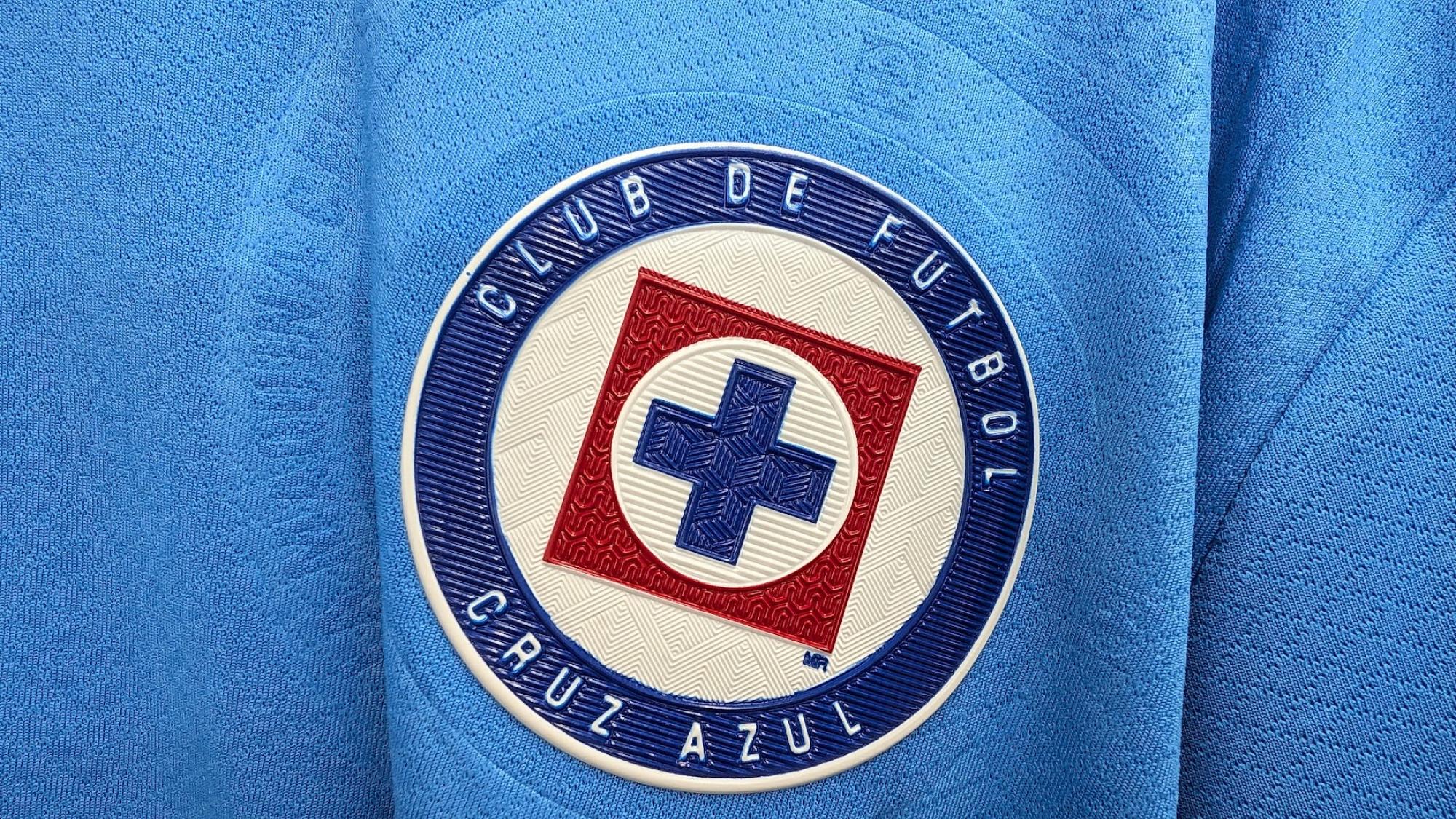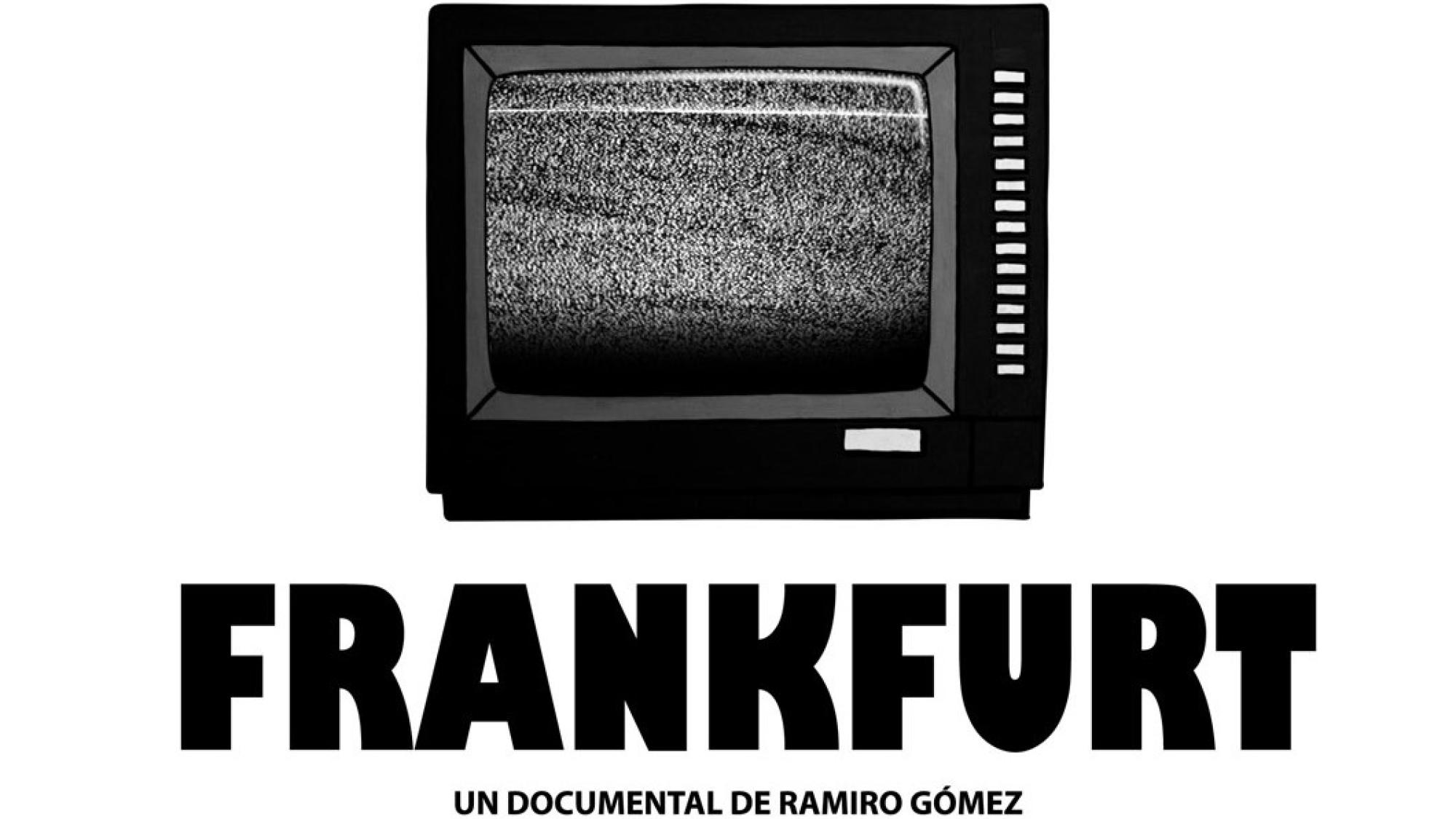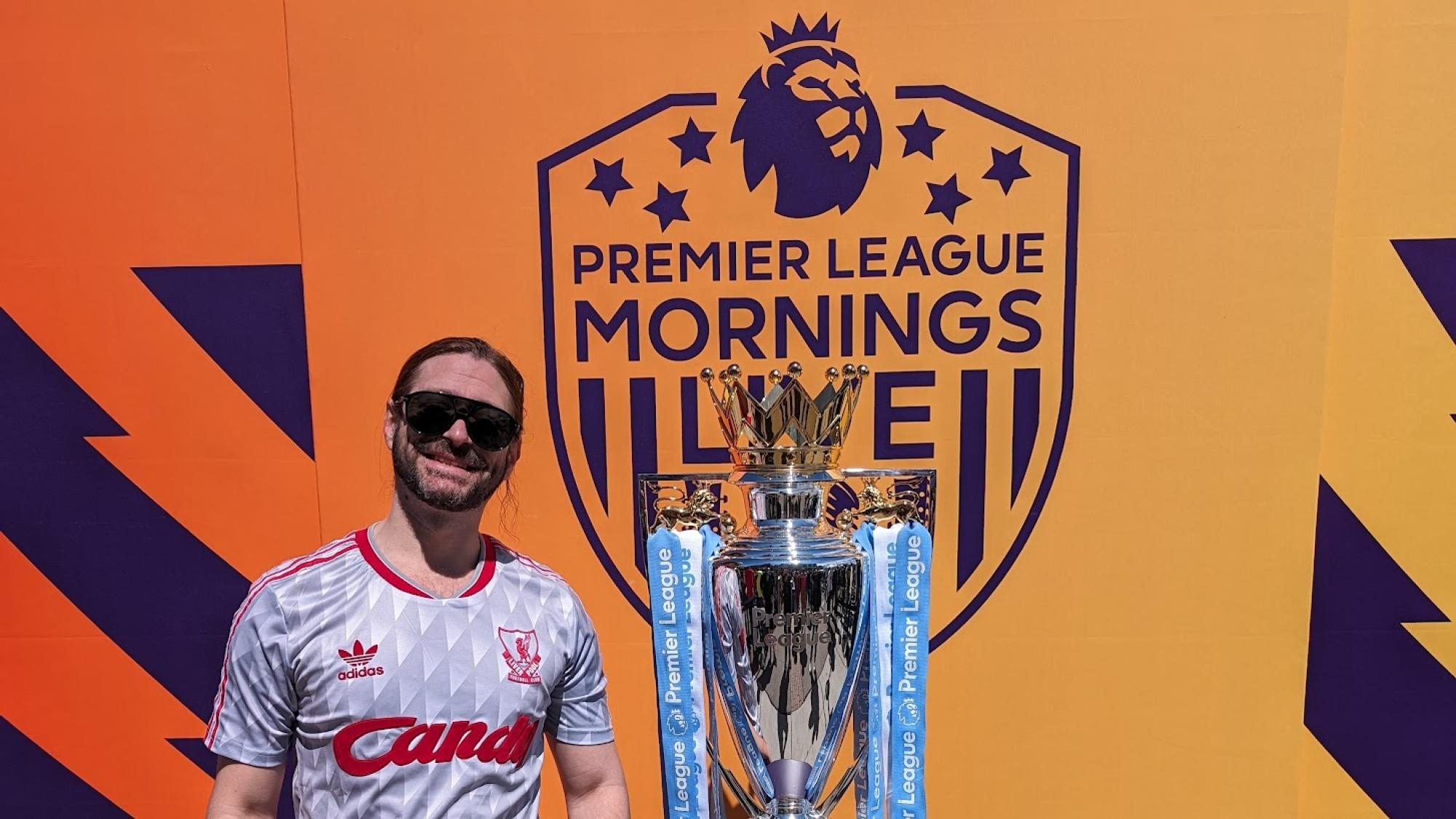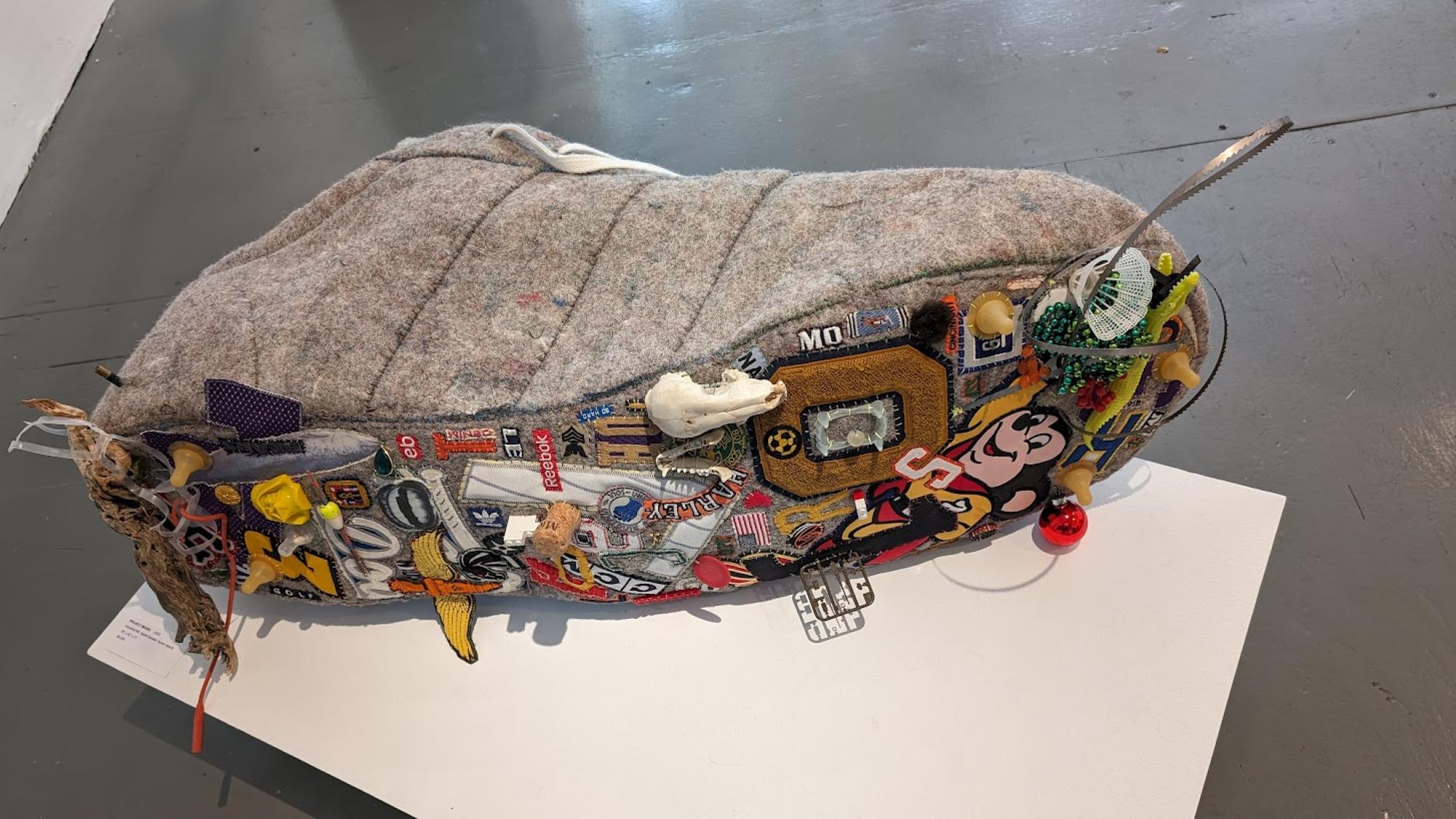https://www.facebook.com/naslisfifty
NASL: Bringing the World's Game to America
The NASL (1968–1984) is best known for its bold ambition to popularize soccer in a country dominated by American football, baseball, and basketball. With its heyday in the 1970s, the league became an unexpected cultural phenomenon, thanks in large part to its star-studded rosters.
The Stars Arrive
The NASL became a household name by attracting international superstars. Pele, Johan Cruyff, Franz Beckenbauer, and George Best brought global attention to the league. The New York Cosmos, in particular, turned into a powerhouse team and a symbol of soccer’s potential in America. Cosmos games were not just sporting events—they were spectacles that attracted sellout crowds, celebrities, and media frenzy.
Innovation on and off the Field
The league wasn’t afraid to experiment. To appeal to American audiences, the NASL introduced shootouts, a points-based scoring system, and even adjusted match formats. The glitzy marketing campaigns and high-energy matches brought an aura of modern entertainment to traditional soccer.
Challenges and Legacy
The NASL ultimately folded in 1984 due to financial instability and overexpansion, but its impact endured. It inspired a generation of American players and fans, laying the groundwork for the rise of Major League Soccer (MLS) in the 1990s.
MISL: The Indoor Soccer Revolution
While the NASL focused on the outdoor game, the MISL (1978–1992) carved its niche with an electrifying version of soccer played indoors. In many ways, it was the perfect antidote to NASL's decline, providing year-round soccer entertainment.
Fast-Paced Action
The indoor format, with its smaller fields and walls in play, created a high-scoring, fast-paced style that thrilled audiences. Games often resembled hockey matches, with end-to-end action and frequent goals. This version of soccer appealed to a different crowd and brought an entirely new dimension to the sport.
Charismatic Players and Marketing
Stars like Steve Zungul and Stan Stamenkovic became MISL icons. The league also leaned heavily into family-friendly entertainment, combining soccer with light shows, music, and engaging halftime performances.
Influence on Modern Soccer
Although the MISL ceased operations in 1992, its influence is evident in the thriving indoor soccer scene and the adoption of some of its marketing techniques by the MLS and other leagues. It also played a role in popularizing futsal, a related format that continues to grow globally.
Enduring Legacy
The NASL and MISL may no longer exist, but their cultural and sporting impact lives on:
- Player Pathways: Both leagues gave American players platforms to compete and develop their skills at a higher level.
- Soccer Awareness: They brought soccer into the mainstream consciousness of North American sports fans, proving that the "beautiful game" had a place on the continent.
- Influence on MLS: Many of the lessons from NASL’s successes and missteps helped shape the structure and strategy of the modern MLS.
- Memories and Nostalgia: For many fans, these leagues were their introduction to the sport. Vintage NASL and MISL memorabilia still hold sentimental value and are cherished by collectors.
From the star power of the NASL to the adrenaline-pumping matches of the MISL, these leagues were pioneers of soccer entertainment. Their story is a testament to soccer’s resilience and its ability to adapt and thrive, even in uncharted territories.
Image Credit:





